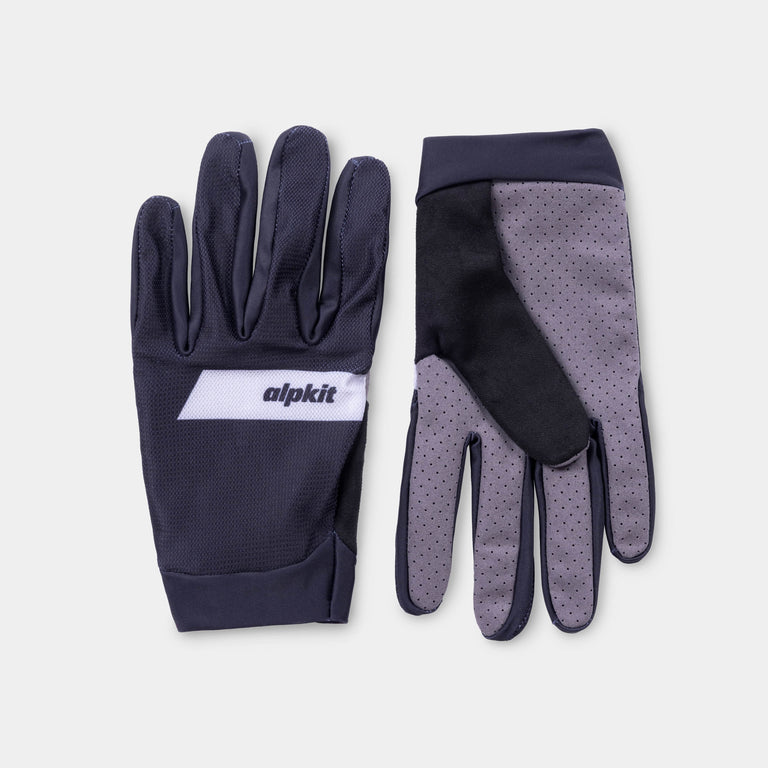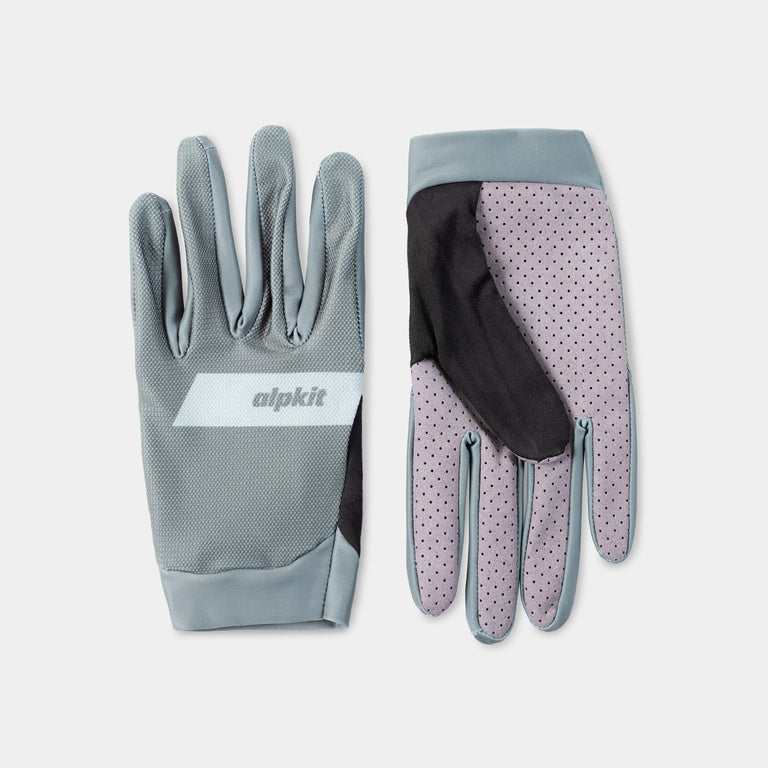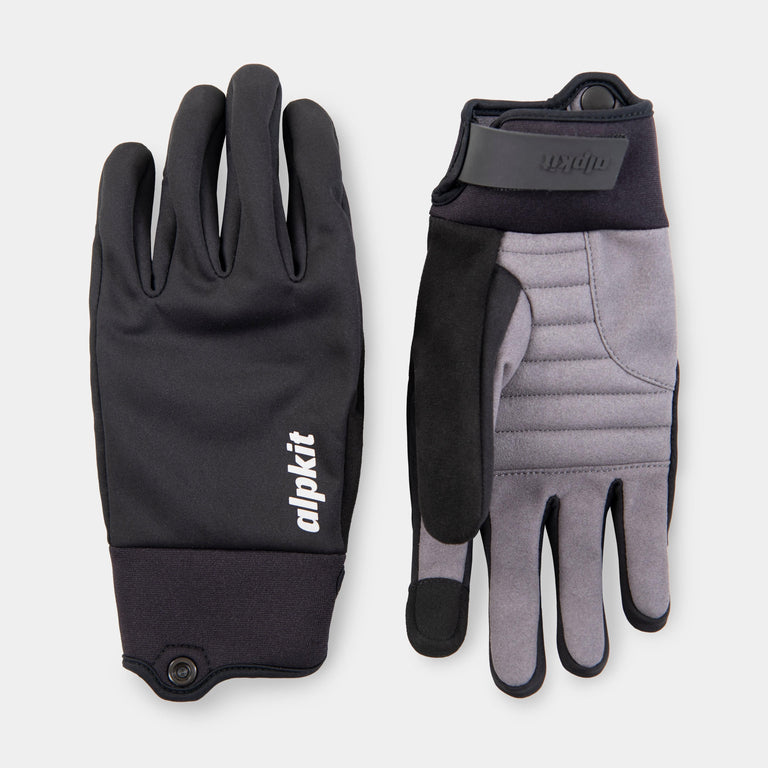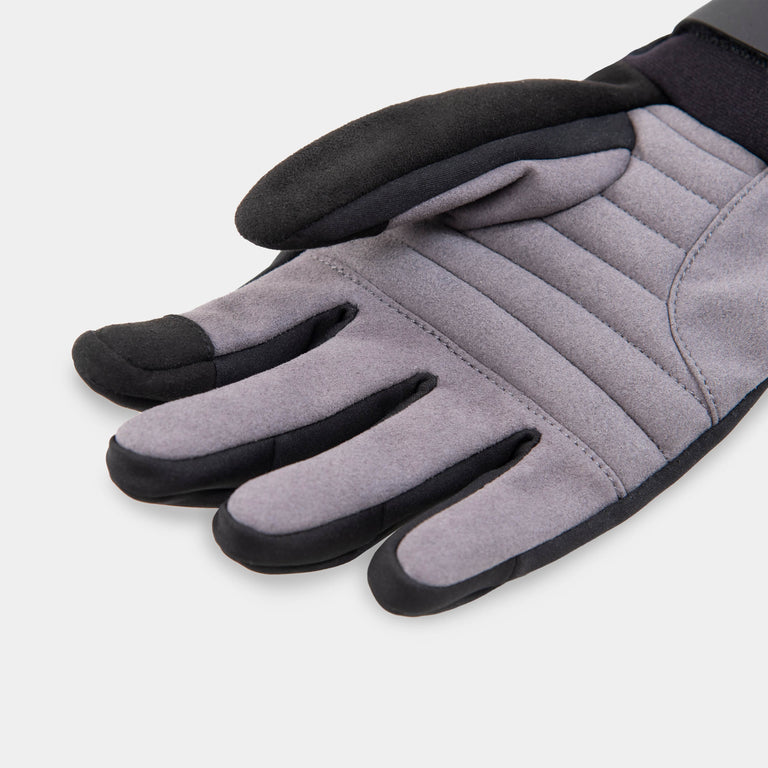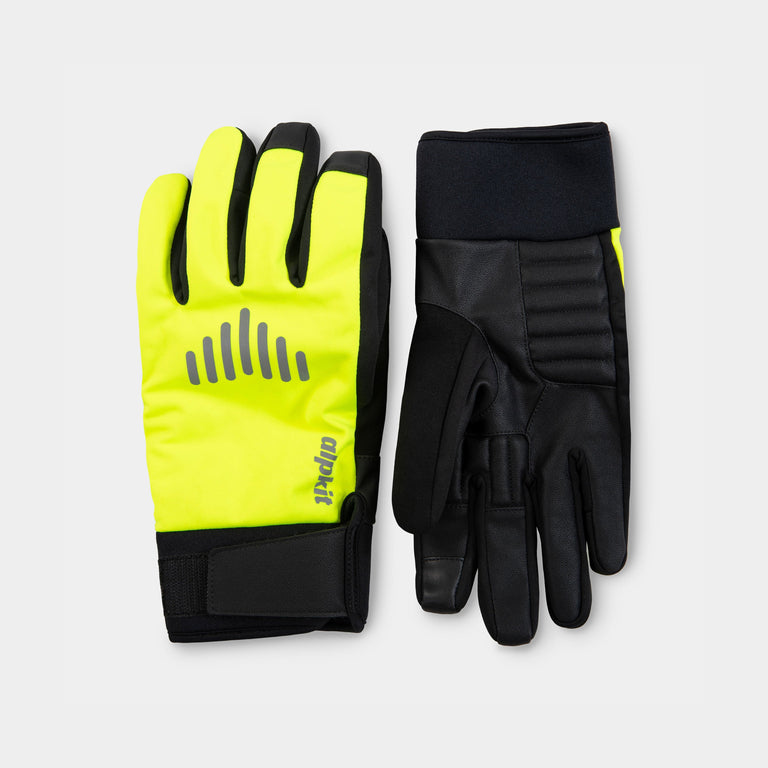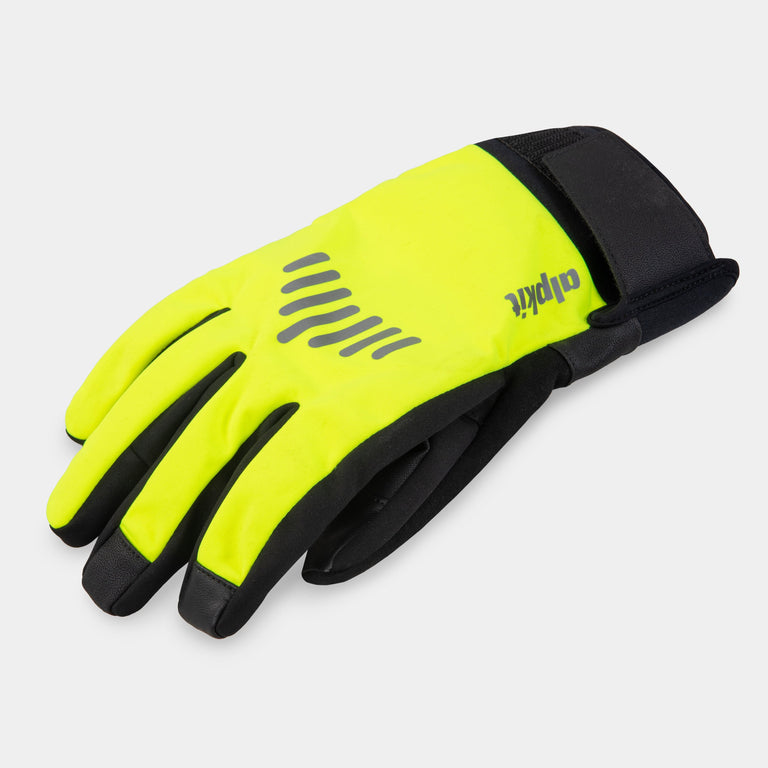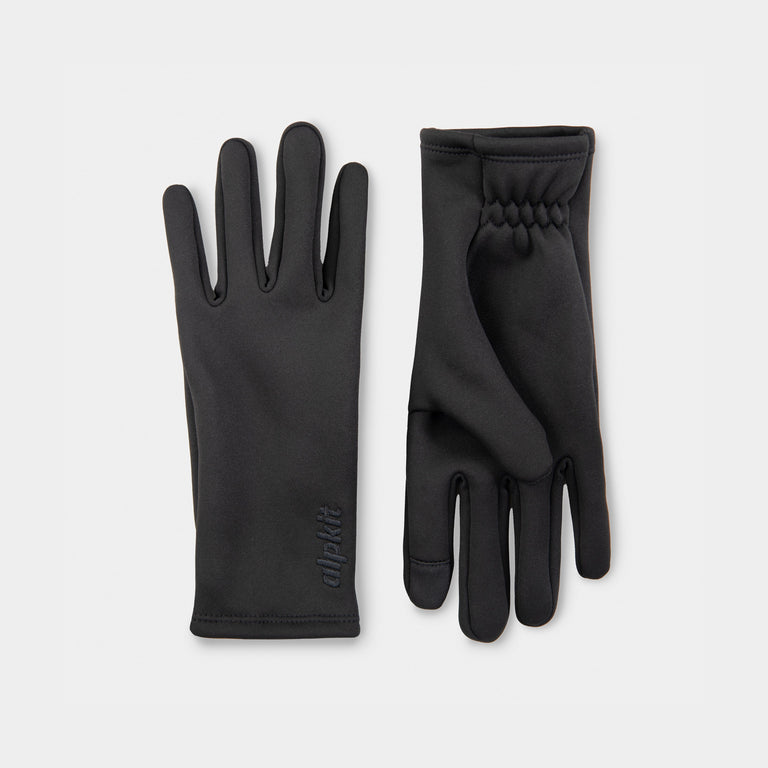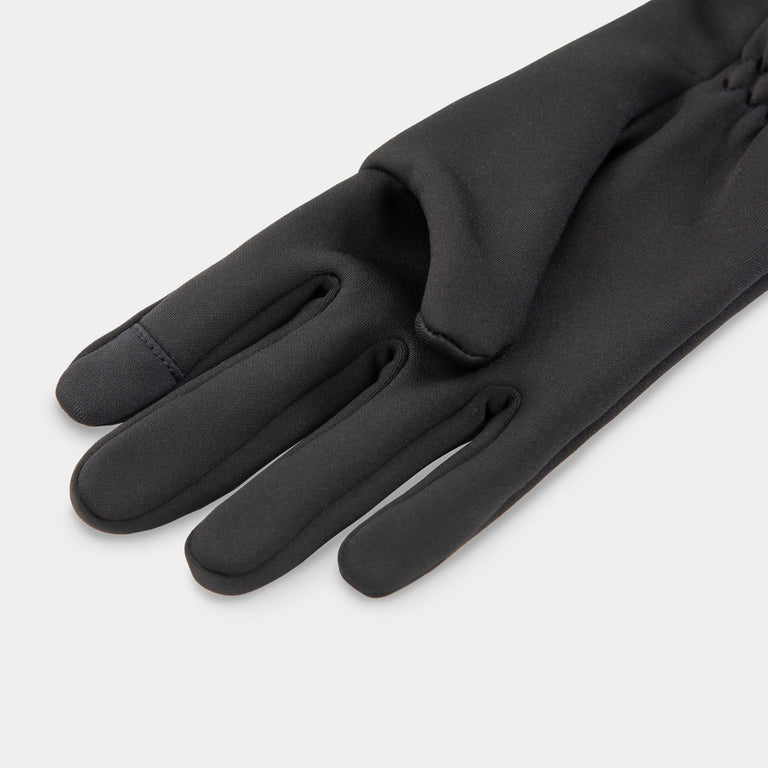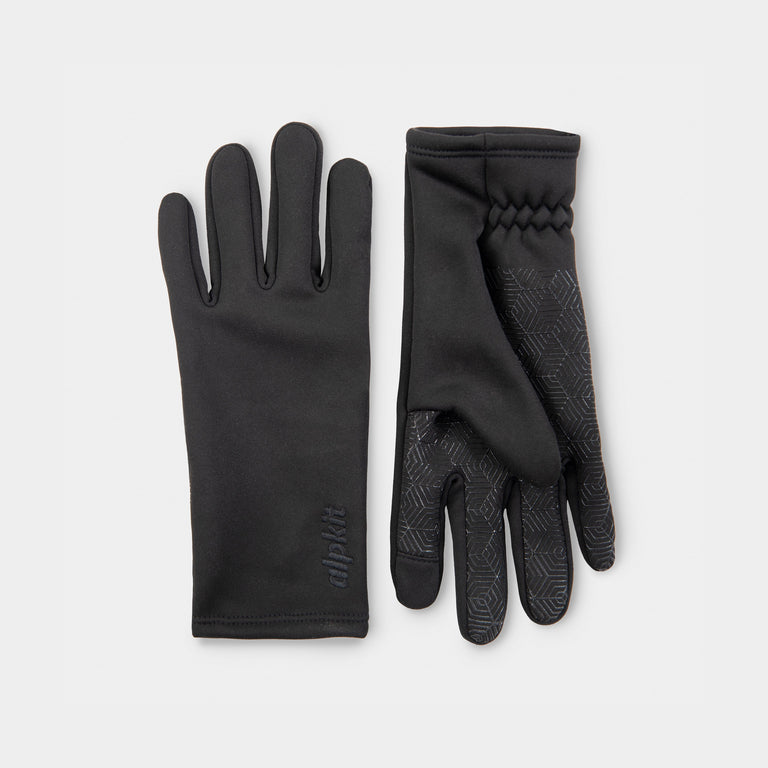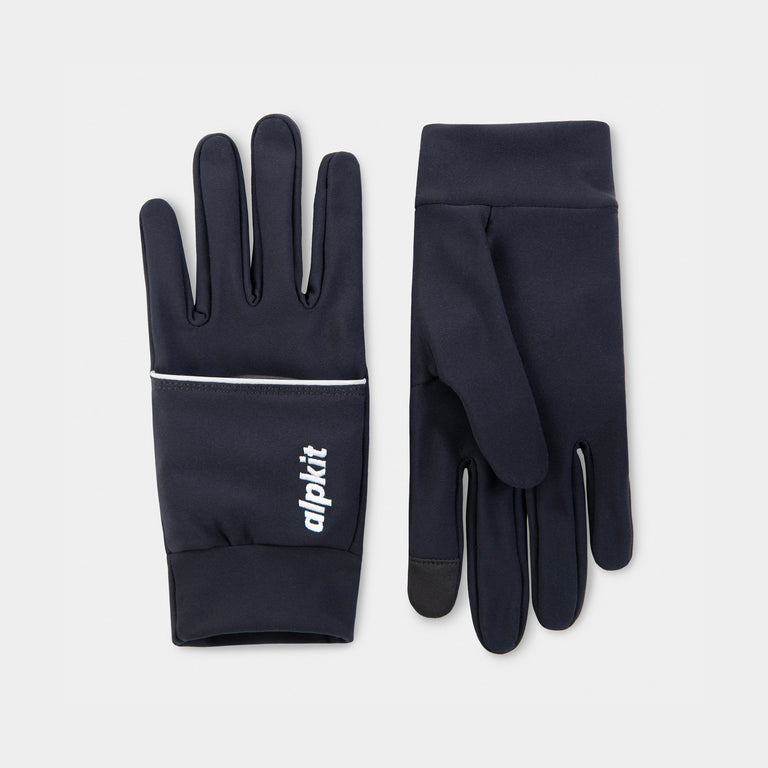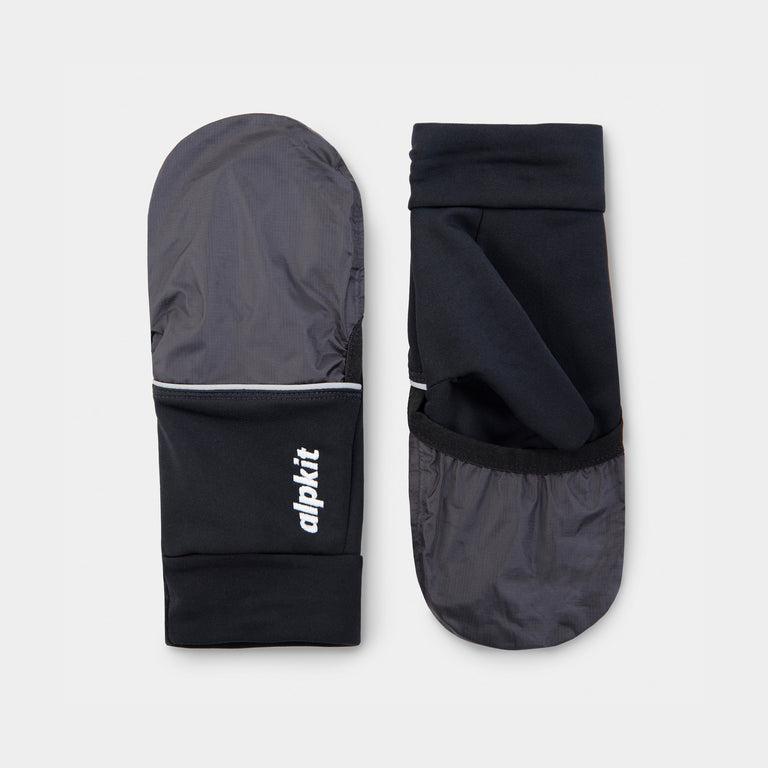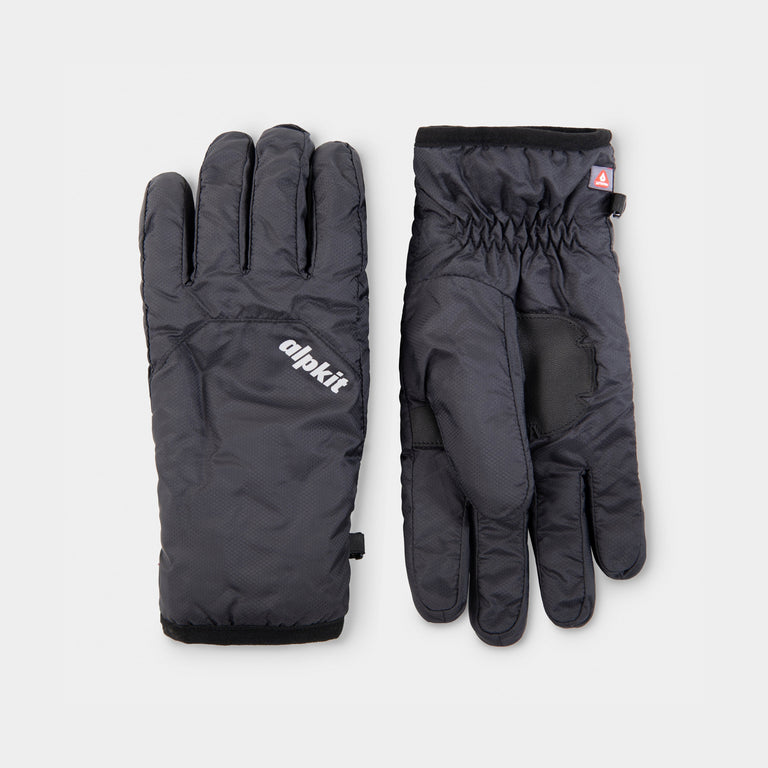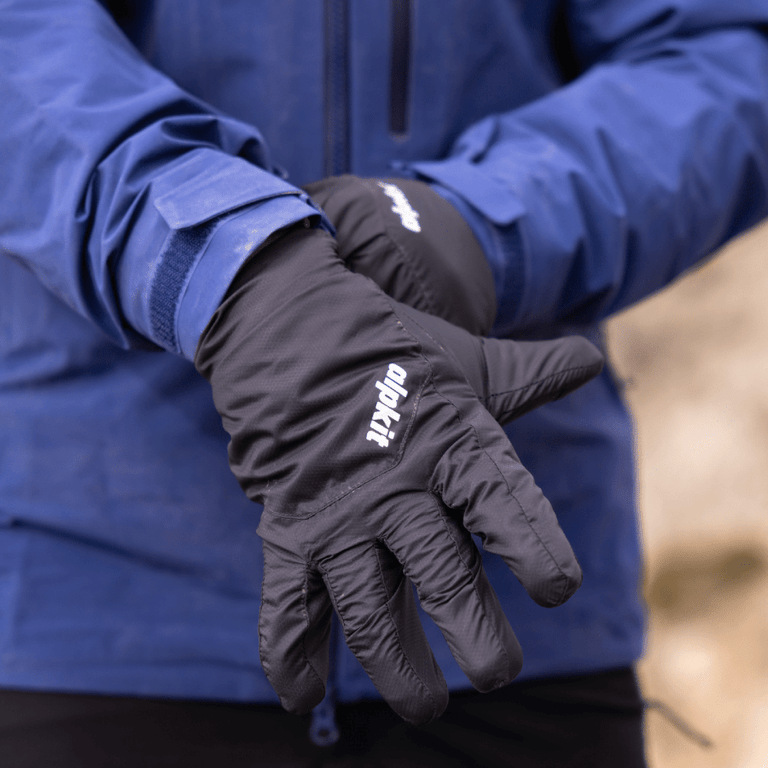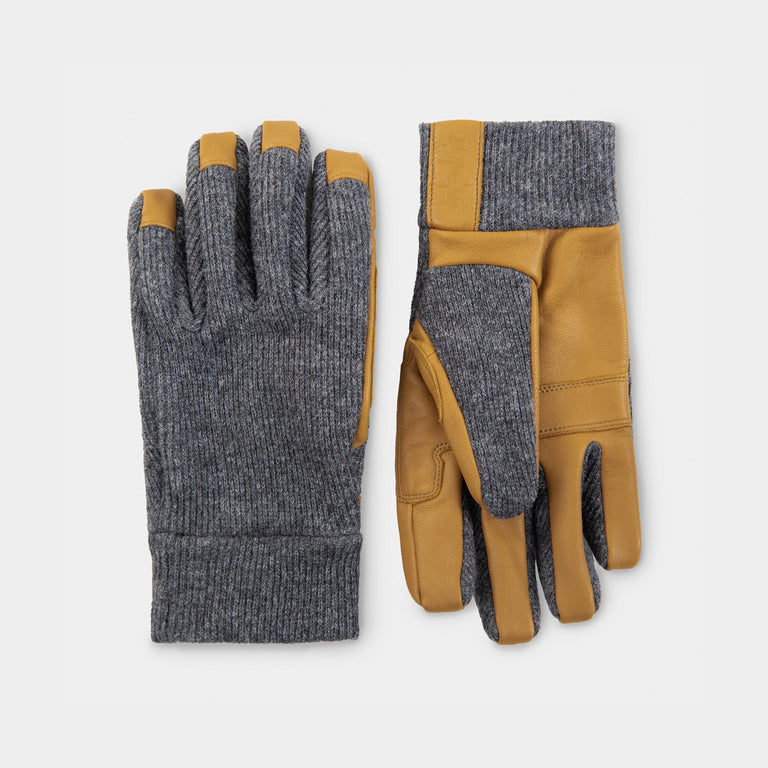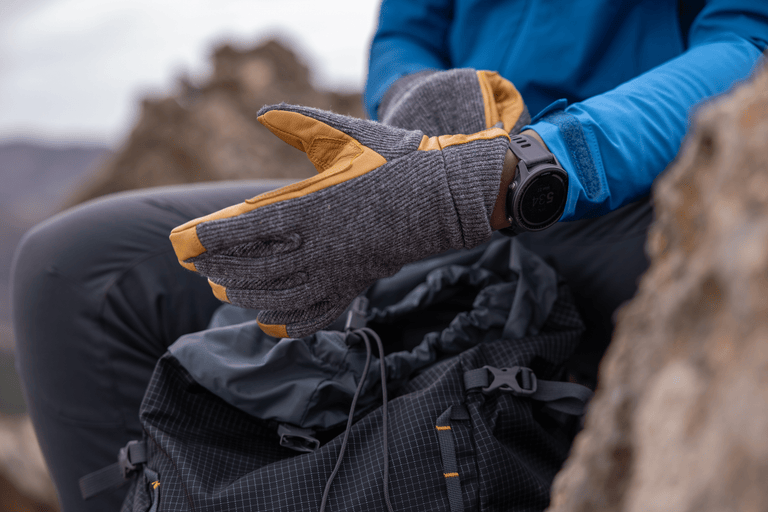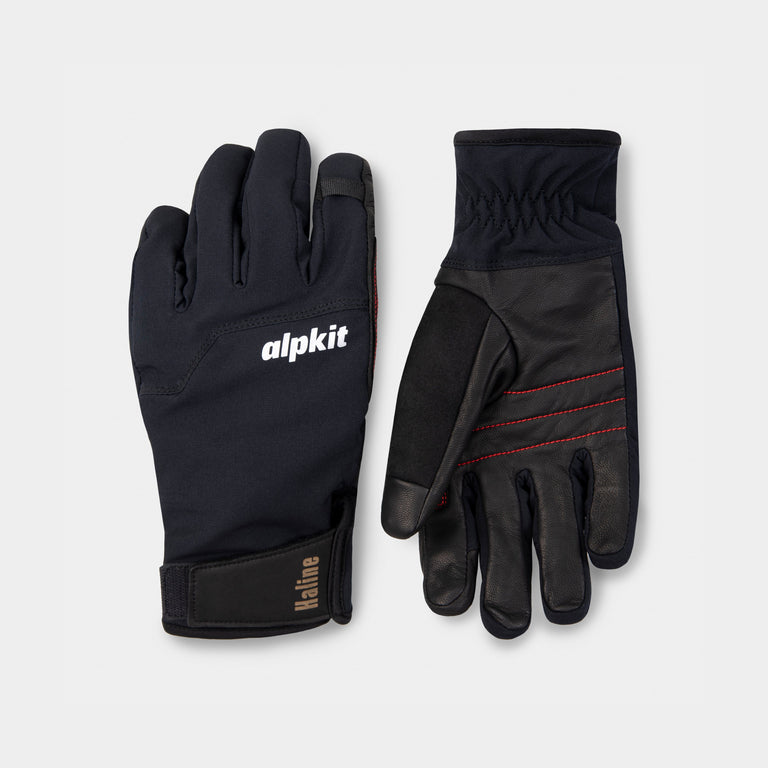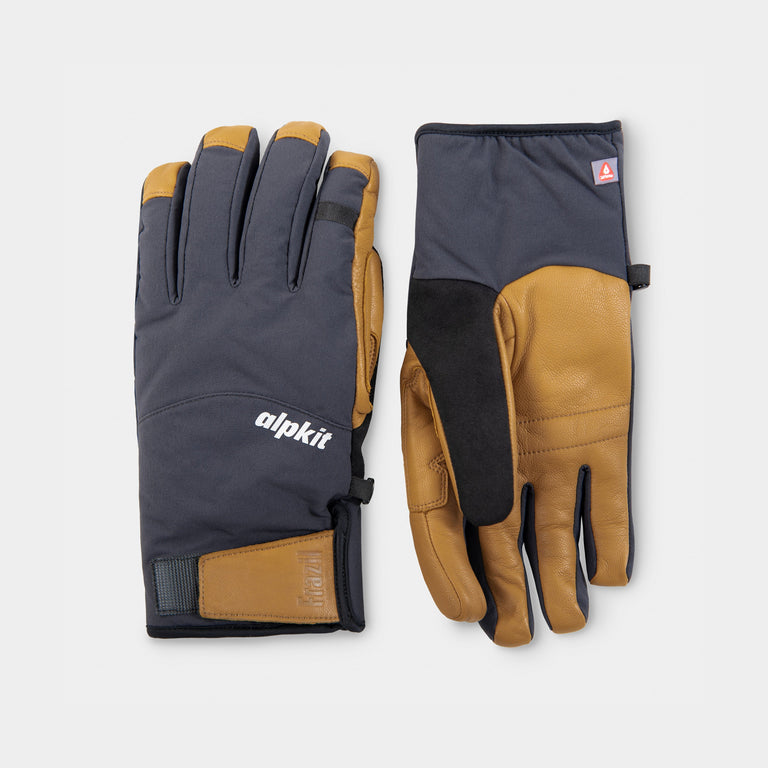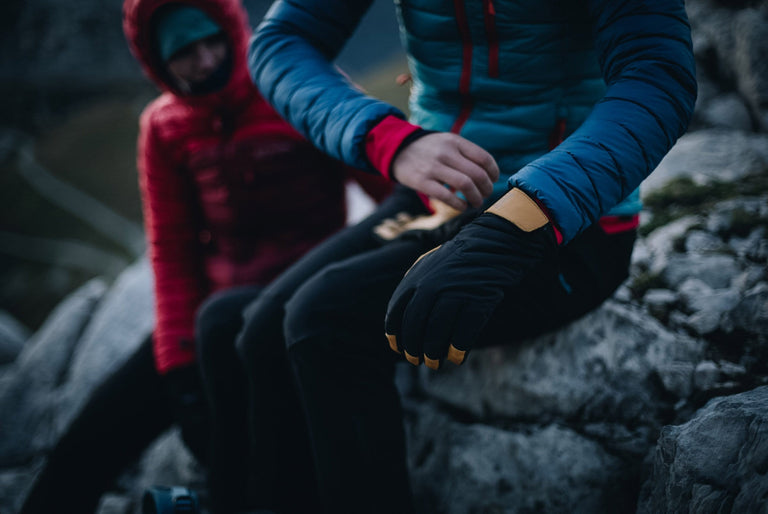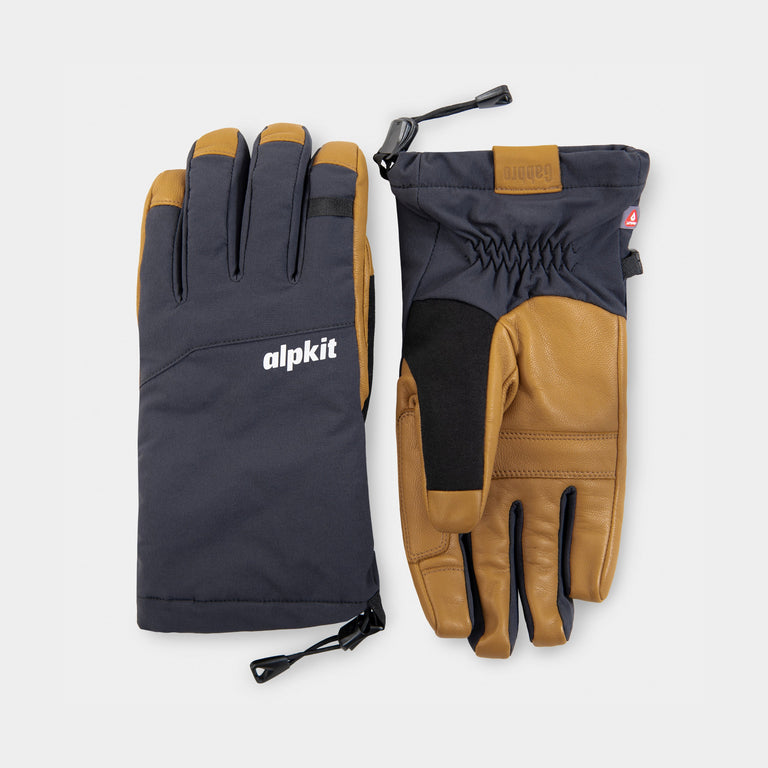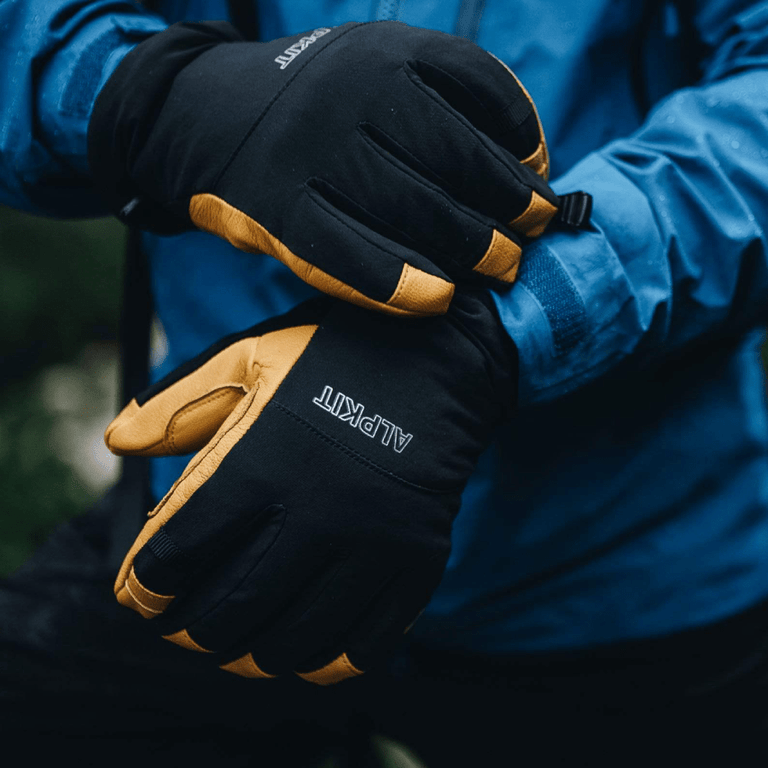
Practical guide to outdoor gloves and hand layering. Real experiences with warmth, dexterity and finding solutions that work for your adventures.
Your hands are your most versatile tools for outdoor adventures. The right gloves keep them warm, functional, and protected when you need them most.
Quick Start: Outdoor Gloves Guide
New to outdoor gloves? Start with The Glove Balancing Act
Finding your type? Jump to Glove Categories by Purpose
Activity-specific needs? Go to Activity-Specific Recommendations
Fit and sizing help? Skip to Fit and Sizing Essentials
When Bare Hands Aren’t Enough
Picture this: you’re halfway up a climb when the weather turns cold and your hands start going numb. Or you’re trying to set up camp in the rain with fingers too cold to work zips and buckles. Suddenly, those gloves stuffed in your pack seem like the most important gear you own. You did pack them right?
The right gloves don’t just keep your hands warm – they maintain dexterity for complex tasks, protect against cuts and abrasions, and can literally be the difference between a successful adventure and a dangerous situation.
The Glove Balancing Act
Every glove design involves trade-offs between competing needs:
- Warmth vs. Dexterity: Thick insulation reduces fine motor control
- Weather Protection vs. Breathability: Waterproofing can trap moisture
- Durability vs. Sensitivity: Tough materials reduce tactile feedback
- Versatility vs. Specialisation: Multi-use gloves compromise optimal performance
Understanding these trade-offs helps you choose gloves that prioritise what matters most for your activities.
Glove Categories by Purpose
Liner Gloves: The Versatile Foundation
What they are: Thin, close-fitting gloves for basic warmth and wind protection
Best for: Mild conditions, high-dexterity tasks, layering under other gloves
Key benefits: Pack tiny, maintain finger sensitivity, work with touchscreens
Perfect scenarios: Spring and autumn hiking, photography, navigation tasks
Active Gloves: For Moving and Working
What they are: Moderate insulation with emphasis on breathability and grip
Best for: Hiking, climbing, cycling, activities where you’re generating heat
Key benefits: Balance warmth and dexterity, handle moisture well
Perfect scenarios: Day hiking in changeable weather, active mountaineering
Winter Gloves: Maximum Protection
What they are: Heavily insulated, often waterproof, designed for harsh conditions
Best for: Cold weather hiking, winter mountaineering, static activities in cold
Key benefits: Serious warmth, weather protection, long-term comfort
Perfect scenarios: Winter camping, belaying in cold conditions, ski touring
Work Gloves: Durability Focus
What they are: Reinforced palms and fingers, built to handle rough use
Best for: Climbing, mountain biking, construction, bushcraft
Key benefits: Excellent grip, abrasion resistance, long-lasting
Perfect scenarios: Rock climbing, mountain biking, rope work
Understanding Glove Construction
Insulation Types
Down Insulation: Warmest for weight, compressible, loses performance when wet
Synthetic Insulation: Consistent performance, works when wet, easier care
Fleece Lining: Comfortable, breathable, moderate warmth
No Insulation: Maximum dexterity, minimal bulk, relies on activity heat
Outer Materials
Soft Shell: Wind and water resistant, breathable, flexible
Hard Shell: Fully waterproof, less breathable, maximum weather protection
Leather: Excellent grip and durability, traditional feel
Synthetic Leather: Consistent performance, easier care, often lighter
Waterproofing Options
Fully Waterproof: Membrane construction, sealed seams, total protection
Water Resistant: DWR treatment, sheds light moisture, more breathable
No Water Protection: Maximum breathability, fastest drying
Find out more about the technology that goes into outdoor gloves.
Activity-Specific Recommendations
For Hiking and Trekking
Your needs: Versatility, weather adaptability, pack small when not needed
Best choice: Lightweight gloves with weather resistance
Essential features: Good grip, touchscreen compatibility, packability
Why: Conditions change frequently, need dexterity for gear and navigation
For Climbing and Scrambling
Your needs: Maximum dexterity, excellent grip, durability
Best choice: Uninsulated or lightly insulated with grippy palms
Essential features: Reinforced wear areas, precise fit, tactile feedback
Why: Finger strength and sensitivity directly affect safety and performance
for Winter Mountaineering
Your needs: Serious warmth, weather protection, layering options
Best choice: Insulated, waterproof gloves with liner system
Essential features: Gauntlet cuffs, reinforcement, helmet-compatible
Why: Harsh conditions require maximum protection without complete loss of function
For Cycling Adventures
Your needs: Grip, weather protection, brake/shift control
Best choice: Cycling-specific with palm padding and grip zones
Essential features: Reinforced palms, breathability, secure closure
Why: Extended contact with handlebars requires specific padding and grip
For Multi-Activity Adventures
Your needs: One pair that works reasonably well for everything
Best choice: Moderate insulation with good weather resistance
Essential features: Versatile grip, reasonable warmth, durability
Why: Compromise performance but maximum versatility
Fit and Sizing Essentials
Getting the Right Fit
Too Small: Restricts circulation, reduces insulation, causes pressure points
Too Large: Reduces dexterity, creates pressure points, less control
Just Right: Snug without restriction, fingers reach glove tips, palm fits well
Key Fit Points
Finger Length: Tips should reach end without excess material
Palm Width: Snug across palm without pinching
Wrist Closure: Secure without cutting off circulation
Thumb Mobility: Full range of motion for gripping
Sizing Considerations
Layering: Size up if wearing liner gloves underneath
Activity: Active use may require slightly looser fit
Swelling: Cold conditions can cause hands to swell
Gender Differences: Women’s gloves typically have shorter fingers, narrower palms
Temperature and Condition Matching
Mild Conditions (5°C to 15°C / 40°F to 60°F)
Best choice: Lightweight fleece or thin softshell gloves
Key features: Breathability, wind resistance, packability
Activities: Spring/autumn hiking, active pursuits, variable weather
Cold Conditions (-5°C to 5°C / 20°F to 40°F)
Best choice: Insulated gloves with weather protection
Key features: Moderate insulation, water resistance, dexterity balance
Activities: Winter hiking, cold weather climbing, ski touring
Severe Conditions (Below -5°C / 20°F)
Best choice: Heavily insulated, waterproof gloves or mitt system
Key features: Maximum insulation, full weather protection, warming features
Activities: Winter mountaineering, extreme cold exposure, static activities
Wet Conditions
Best choice: Waterproof gloves with quick-dry linings
Key features: Sealed construction, breathable membranes, synthetic materials
Activities: Paddling, wet weather hiking, snow activities
Gloves vs. Mittens: Making the Choice
When Gloves Work Best
Higher Dexterity: Individual finger control for complex tasks
Versatility: Better for varied activities requiring finger independence
Grip: Superior for using tools, ropes, and equipment
When Mittens Excel
Maximum Warmth: Fingers warm each other, better circulation
Harsh Conditions: Ultimate protection in severe weather
Simplicity: Easier to put on with numb hands
Convertible Options
Best of Both: Mittens with flip-back finger sections
Versatility: Adapt to changing conditions and task requirements
Compromise: Neither optimal configuration but covers both needs
Essential Features Explained
Grip Enhancement
Palm Patches: Leather or synthetic reinforcement for durability
Textured Areas: Silicone or rubber patterns for better hold
Finger Reinforcement: Extra material where you grip most
Closure Systems
Velcro: Quick, adjustable, works with thick gloves
Elastic: Simple, secure, maintains flexibility
Buckles: Most secure, adjustable, can be difficult with thick gloves
Pull-On: Simplest, fastest, less adjustability
Convenience Features
Touchscreen Compatibility: Conductive fingertips for device use
Carabiner Loops: Prevent dropping, attach to gear
Nose Wipe: Soft panel for comfort in cold conditions
Wrist Leashes: Prevent loss in windy conditions
Layering Your Hand Protection
The Liner System
Base Layer: Thin liner gloves for basic warmth and moisture management
Outer Layer: Weather protection and additional insulation
Benefits: Versatility, temperature control, backup if outer gloves fail
When to Layer
Variable Conditions: Start cold, warm up during activity
Extreme Cold: Maximum insulation without completely sacrificing dexterity
Wet Conditions: Waterproof outer with insulating liner
Extended Exposure: Long-term comfort and protection
Activity-Specific Features
Climbing Gloves
Reinforced Fingertips: Handle rough rock and sharp holds
Minimal Palm Padding: Maximum grip sensitivity
Secure Wrist Closure: Won’t slip off during dynamic moves
Breathable Construction: Handle intense hand work
Cycling Gloves
Palm Padding: Reduce pressure from handlebar contact
Grip Zones: Textured areas for brake and shifter control
Breathable Backs: Manage moisture during extended rides
Easy-Off Tabs: Remove when hands are sweaty
Winter Mountaineering Gloves
Gauntlet Cuffs: Seal out snow and wind
Reinforced Areas: Handle sharp ice tools and rough use
Insulation Zones: More in fingers, less in palm for grip
Emergency Features: Whistle attachments, reflective elements
Common Glove Problems and Solutions
Cold Fingers
Causes: Poor circulation, inadequate insulation, wet conditions
Solutions: Better fit, layering system, hand warming techniques
Reduced Dexterity
Causes: Over-insulation, poor fit, wrong glove type for activity
Solutions: Activity-appropriate choice, liner system, better fit
Durability Issues
Causes: Wrong glove for activity, poor quality, inadequate care
Solutions: Activity-specific gloves, quality construction, proper maintenance
Moisture Problems
Causes: Non-breathable materials, over-insulation, poor fit
Solutions: Breathable construction, appropriate weight, moisture-wicking liners
Care and Maintenance
Hand wash in lukewarm water using mild detergent. Air dry away from direct heat. Heat damages waterproof membranes and shrinks leather.
For DWR-treated gloves, refresh water repellency annually with PFC-free treatments to maintain performance.
Cleaning Guidelines
Leather: Specialized cleaners, conditioning treatments, air dry only
Synthetic: Machine wash cold, air dry or low heat, avoid fabric softener
Down Insulated: Down-specific detergent, thorough drying, fluff restoration
Storage Best Practices
Clean Before Storage: Prevent odors and material degradation
Dry Thoroughly: Prevent mold and mildew
Avoid Compression: Maintain insulation loft
Protect from Pests: Cedar blocks or lavender sachets
Extending Glove Life
Leather palms that develop holes compromise grip safety. Waterproof membranes that wet out internally have lost their barrier function. Insulation that compresses and won't loft has lost thermal efficiency.
Rotate Pairs: Don’t use same gloves for everything
Match to Activity: Use appropriate gloves for the task
Quick Repairs: Fix small tears before they become large ones
Proper Drying: Never store wet or damp
Building Your Glove System
The Minimalist Approach
One versatile pair: Mid-weight gloves with weather resistance
Plus liners: For layering and backup
Covers: Most outdoor activities adequately
The Activity-Specific Approach
Light gloves: High-dexterity tasks, mild conditions
Winter gloves: Cold weather, harsh conditions
Work gloves: Rough use, abrasion protection
Covers: Optimal performance for different situations
The Complete System
Multiple weights and insulation levels
Activity and condition-specific options
Backup pairs for extended adventures
Liner system for versatility
Our Glove Philosophy
We design gloves for real-world performance:
Material Selection:
- Appropriate materials for intended conditions
- Sustainable options where performance allows
- Durability for long-term satisfaction
Feature Focus:
- Solve real problems rather than adding complexity
- Balance competing needs thoughtfully
- Test in actual use conditions
Fit Optimization:
- Work for different hand shapes and sizes
- Maintain performance throughout size range
- Consider layering and activity requirements
Making Your Choice
Simple Decision Framework
- What’s your primary activity? (Determines dexterity vs. protection balance)
- What conditions do you expect? (Influences insulation and weather protection)
- How important is dexterity? (Affects insulation level and construction choice)
- Will you layer? (Impacts sizing and system approach)
The Reality Check
The best gloves are ones that disappear from your awareness – keeping your hands comfortable and functional so you can focus on your adventure, not your gear.
Common Decision Mistakes
Over-Insulating: More warmth than needed reduces dexterity unnecessarily
Under-Protecting: Inadequate gloves can create dangerous situations
Single-Purpose Thinking: Versatile gloves often serve better than specialists
Ignoring Fit: Features don’t work if the fit is wrong
Beyond the Purchase
Getting the Most from Your Gloves
Learn Your System: Understand when to layer, when to change gloves
Maintain Properly: Good care extends life and maintains performance
Know Limitations: Understand what your gloves can and can’t handle
Have Backup Plans: Spare gloves or alternatives for extended trips
When to Upgrade
Replace gloves when:
- Insulation no longer provides adequate warmth
- Weather protection fails
- Fit changes due to wear or hand changes
- Activity needs change significantly
The Bottom Line
Your hands are irreplaceable tools for outdoor adventures. Quality gloves that match your activities and conditions are an investment in comfort, performance, and safety.
Focus on getting the basics right first – appropriate warmth for your conditions, good fit, and construction suited to your primary activities. You can always add specialized gloves later as your needs become more specific.
Complete your outdoor protection system:
- The Complete Guide to Outdoor Clothing: Layering Systems That Work
- Base Layer Guide: Merino Wool vs Synthetic Materials
- Mid Layers Guide: Fleece and Natural Fibres
- Insulated Jackets: Down vs Synthetic Complete Guide
- Waterproof Jackets: Your Complete Guide to Staying Dry
- Outdoor Trousers, Shorts and Leggings: Your Complete Guide
- Hiking Socks Guide: Materials, Cushioning, and Fit
- Keeping Your Hands Warm: The Complete Guide to Outdoor Gloves


